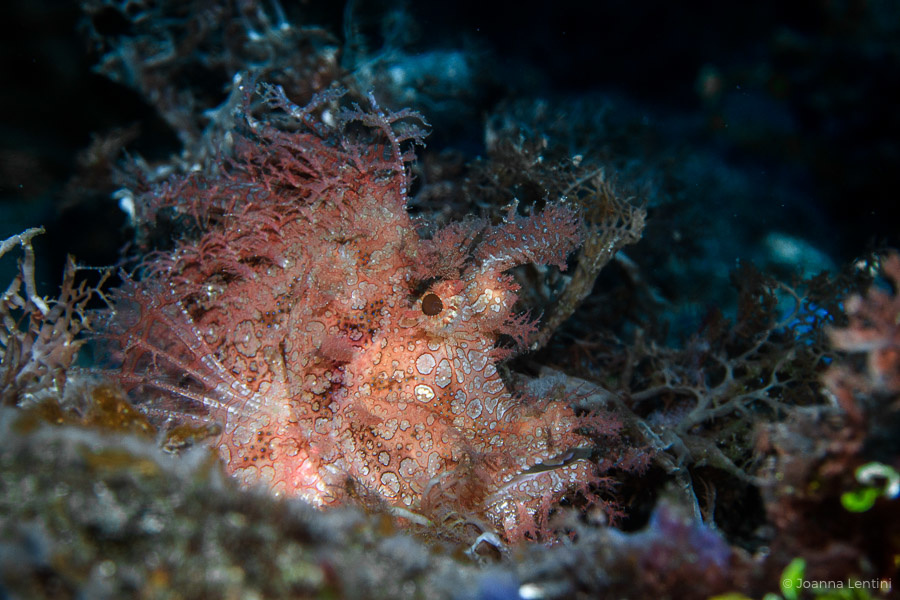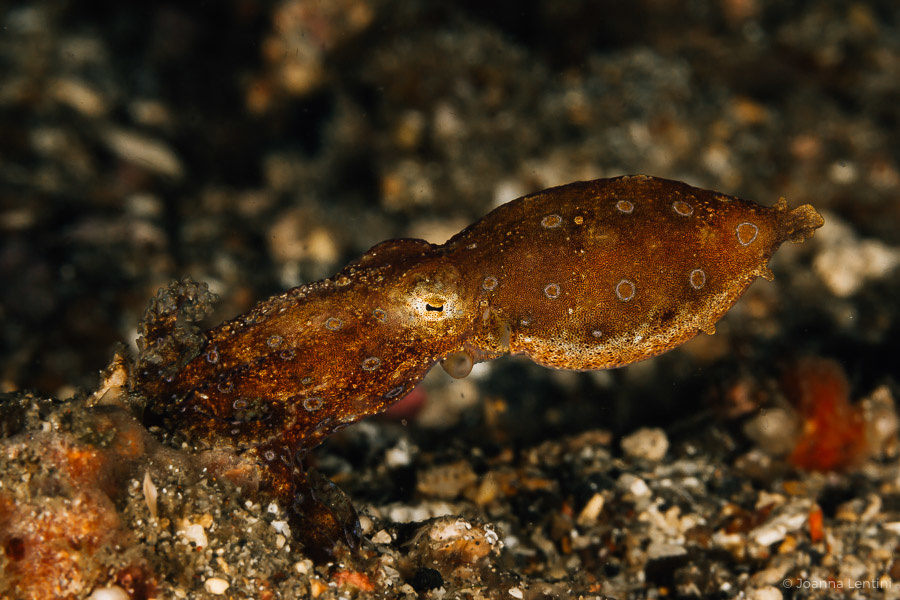Could a very niche genre of underwater photography, that people travel great distances for, be capable of protecting bizarre critters few know exist? During a visit to the Lembeh Strait in Indonesia — a mecca for macro photographers — I met with Belgian researcher Maarten De Brauwer to learn more about his research into the economic value of muck diving and underwater macro photography.
At first glance muck diving does not seem all that appealing. Scouring through submerged rubbish or over barren sea floors surely cannot be a hobby for some? But what if I told you De Brauwer has found that the pastime brings in millions of dollars each year to the countries of Indonesia and Philippines — $51 million USD to be exact.
Living amongst these “wastelands” are some of the most bizarre creatures you may ever lay eyes on, and these inconspicuous, biodiverse sites have some serious groupies. According to De Brauwer’s research the average muck diver has roughly 580 dives, and a whopping 73.5 percent of those divers are underwater photographers with expensive camera systems.

Porcelain crab
In the past we have seen an economic value placed on natural resources and species such as whale sharks and manta rays, but rarely do we see that same concept going to work for lesser known species. Muck divers and photographers have an economic impact on the regions in which they travel, and De Brauwer’s research highlights that. Whether it’s better paying jobs for locals as dive guides, or supporting local businesses such as dive resorts, liveaboards, and restaurants, the impact is real.
According to his research, the top 10 muck diving species photographers and divers hope to see are:
- Mimic octopus/wonderpus
- Blue-ringed octopus
- Rhinopias
- Flamboyant cuttlefish
- Frogfish
- Pygmy seahorse
- Other octopus species
- Rare crabs, such as boxer crabs
- Harlequin shrimp
- Nudibranchs
By highlighting the true economic value these ecosystems hold, De Brauwer hopes the local communities and governments will fully understand the need to protect them. So ultimately, where we decide to point our cameras can have a lasting positive or negative effect on a species, ecosystem, and community. It’s an interesting concept to keep in mind as we plan our next projects.










While interesting, I'm not sure what the takeaway is. It reads like an infomercial but addressed to marketers rather than photographers. The photos, however, make me want to pack my bags and go! :-)
Beautiful photos that are definitely different from the usual.